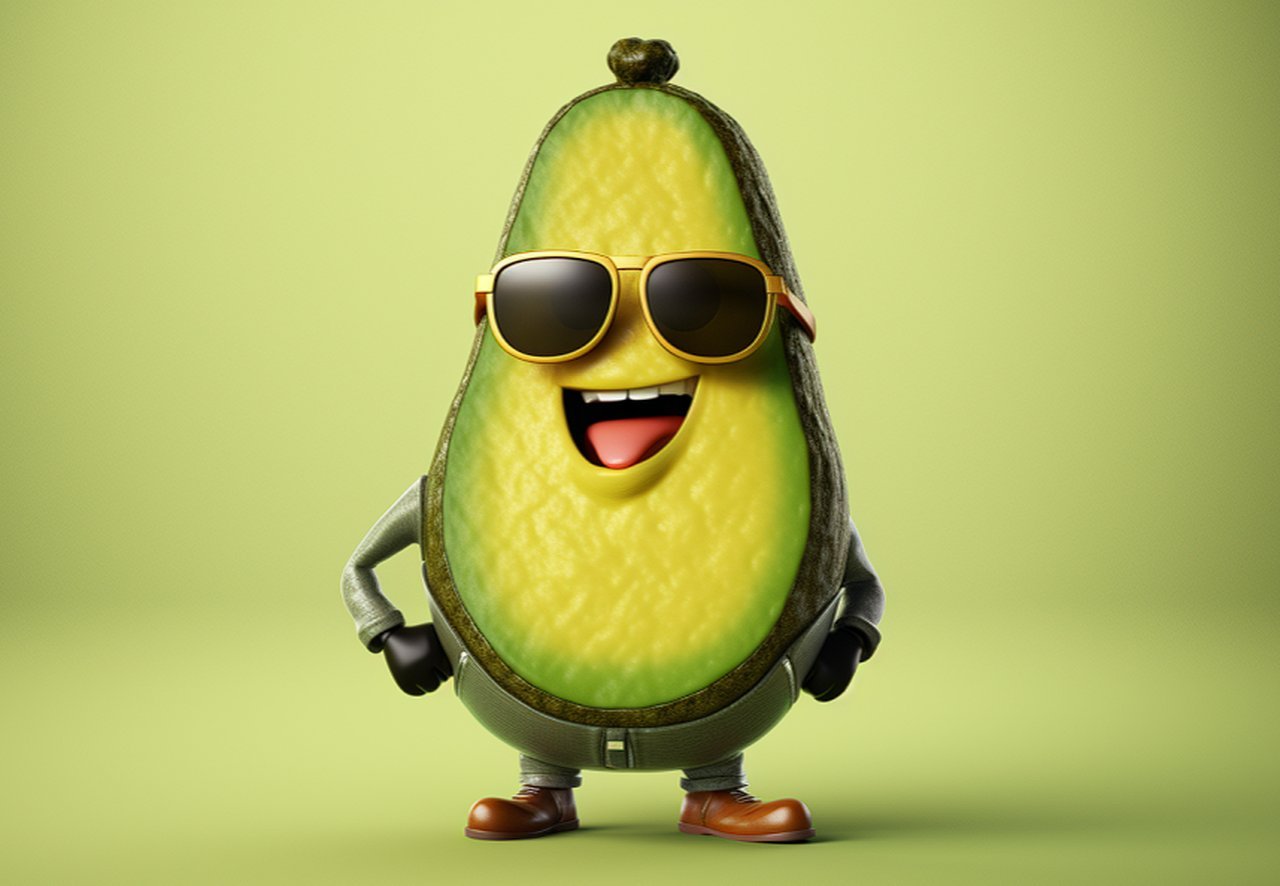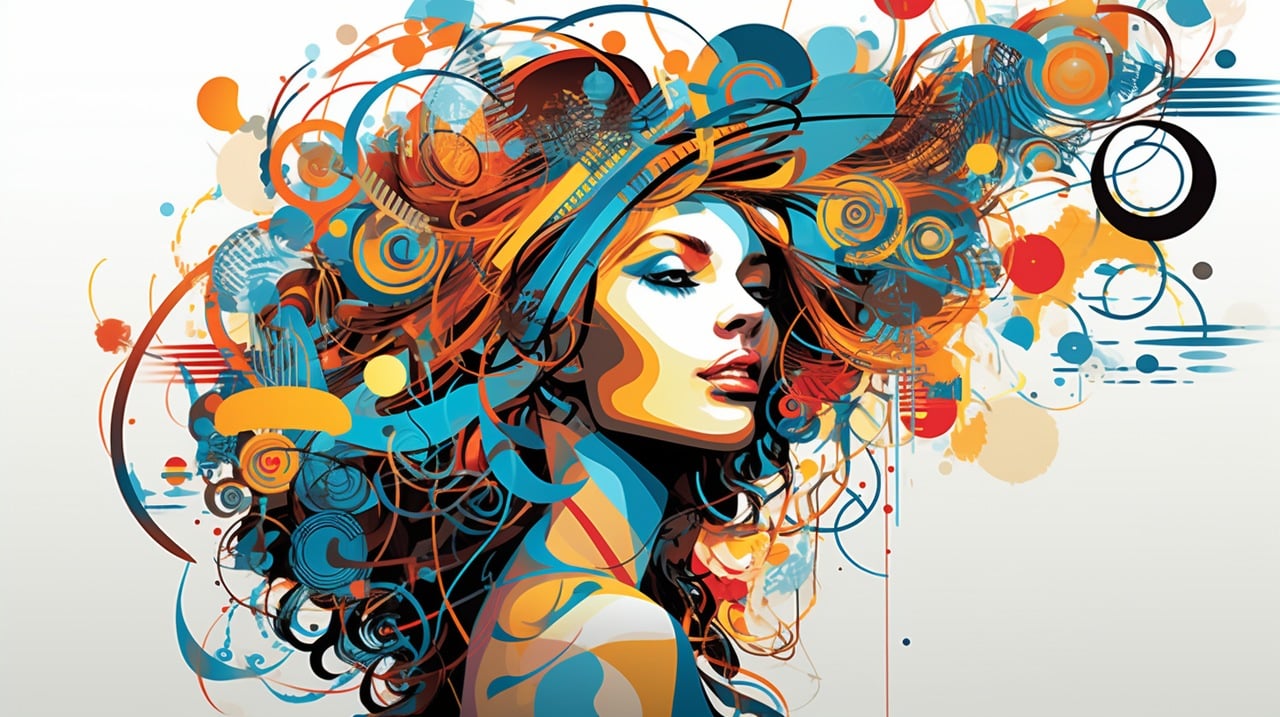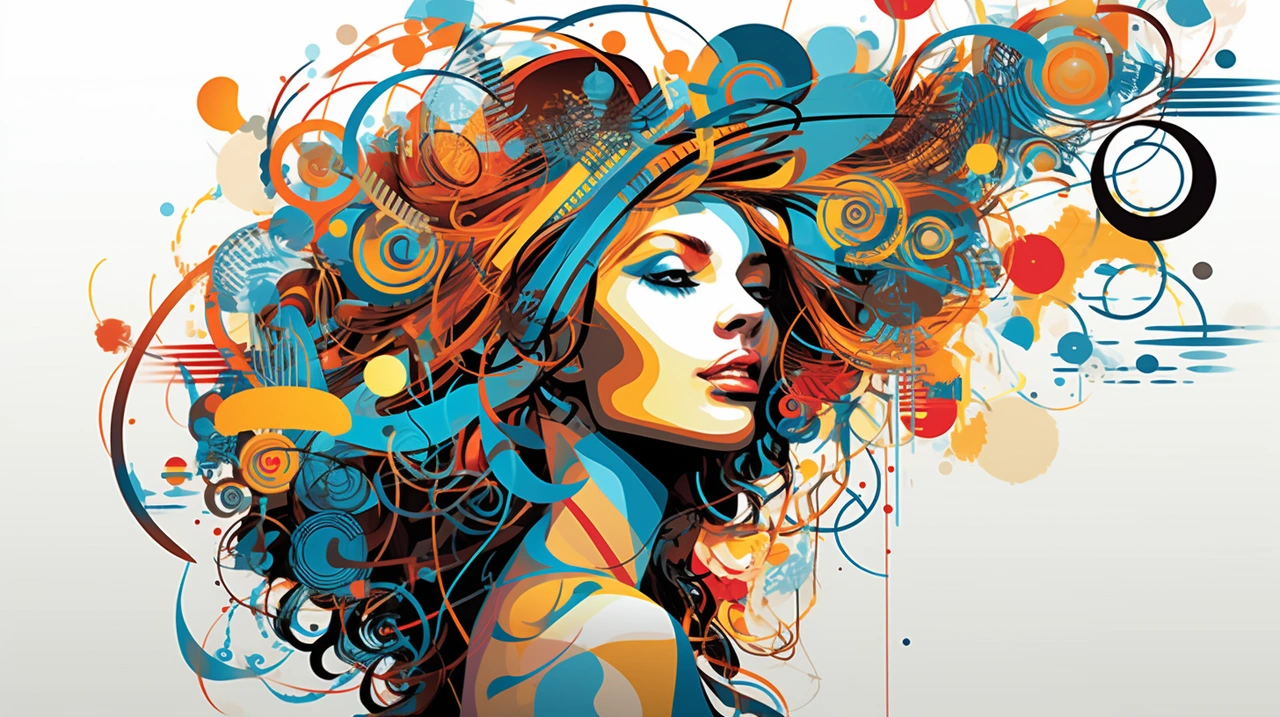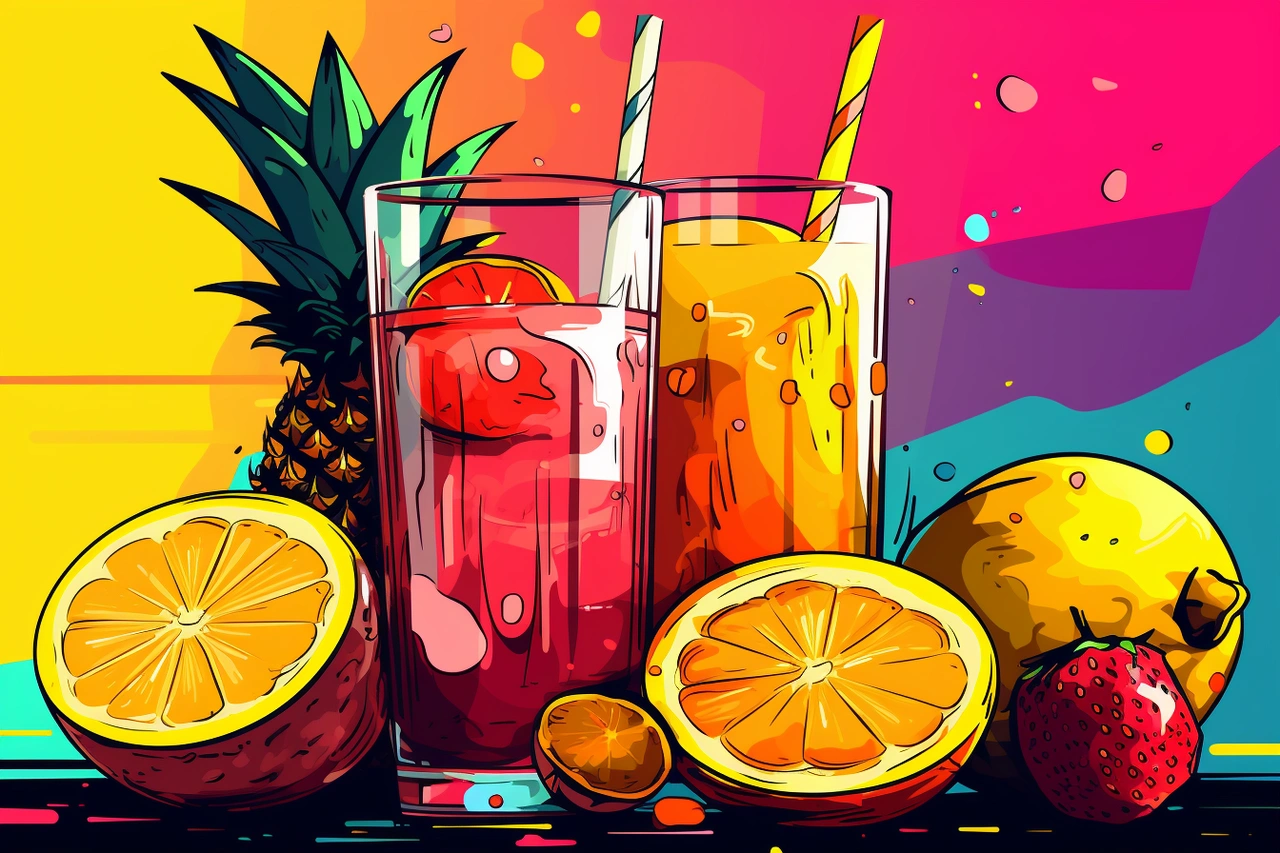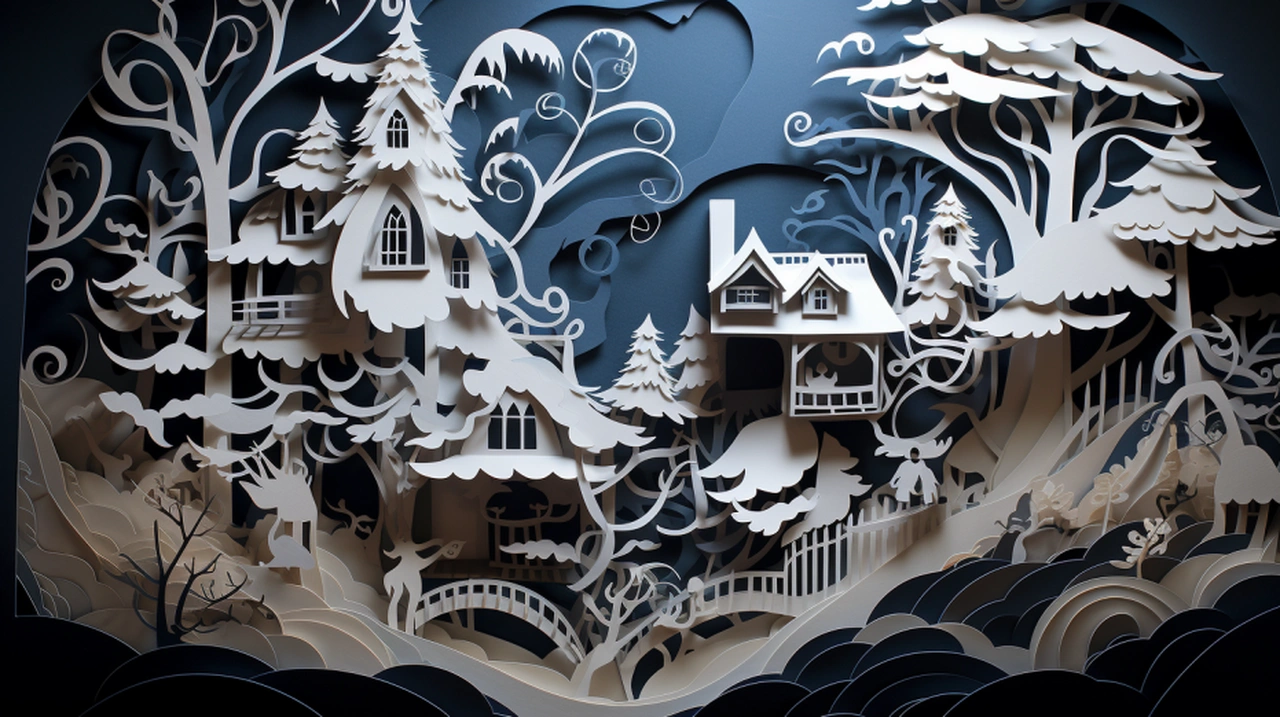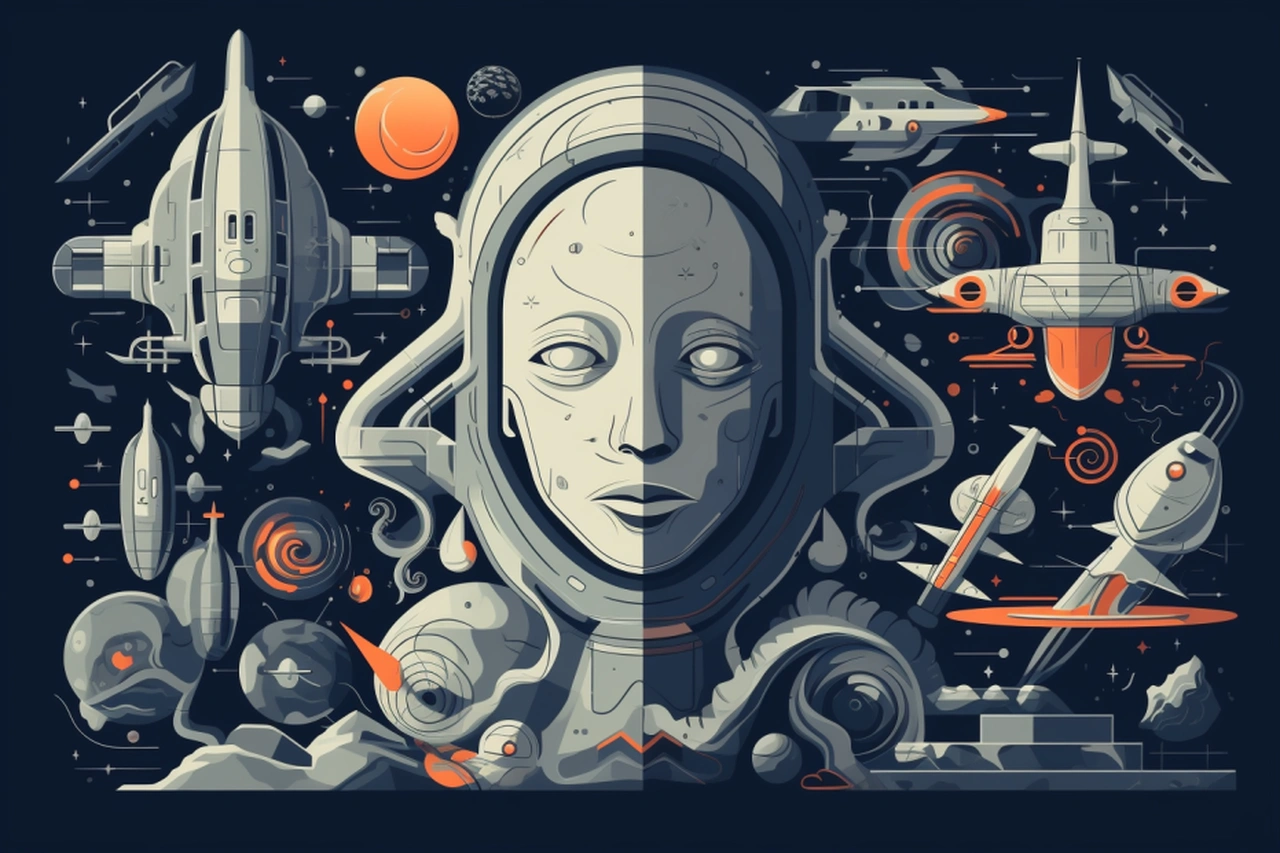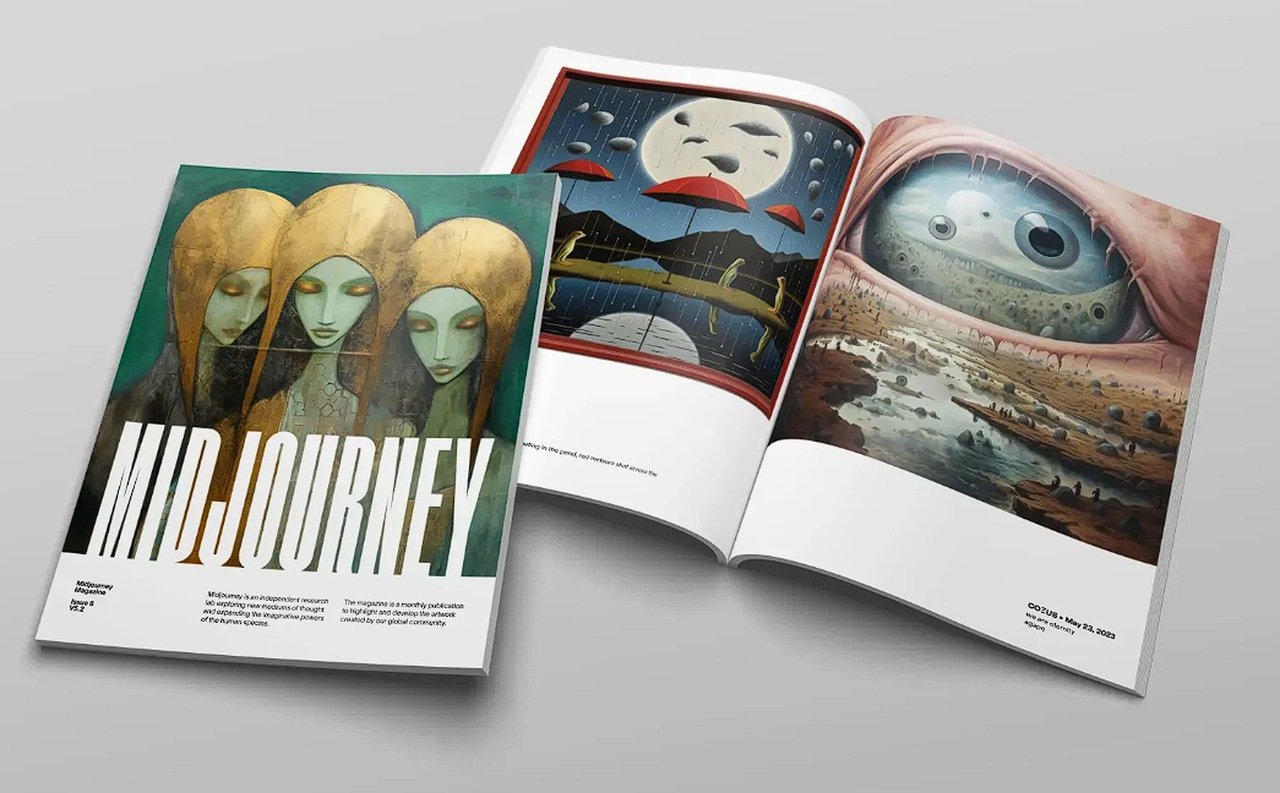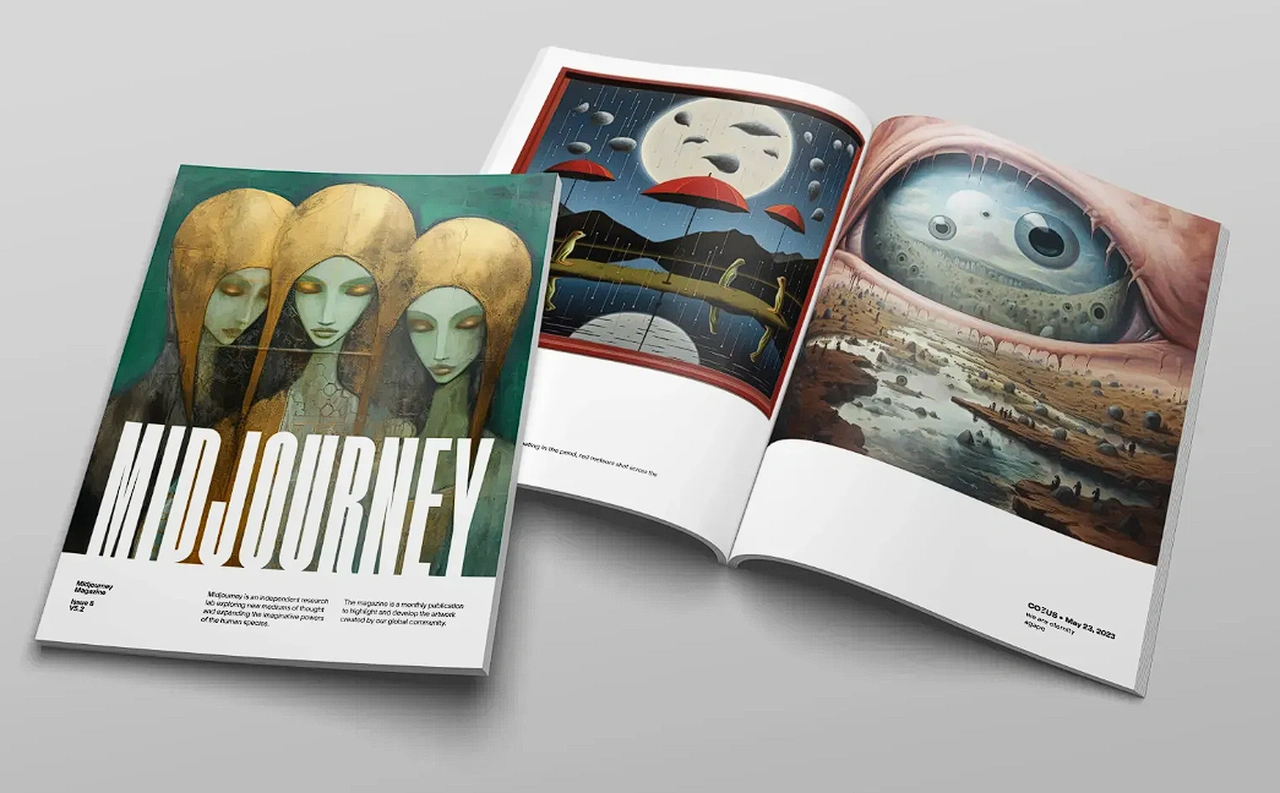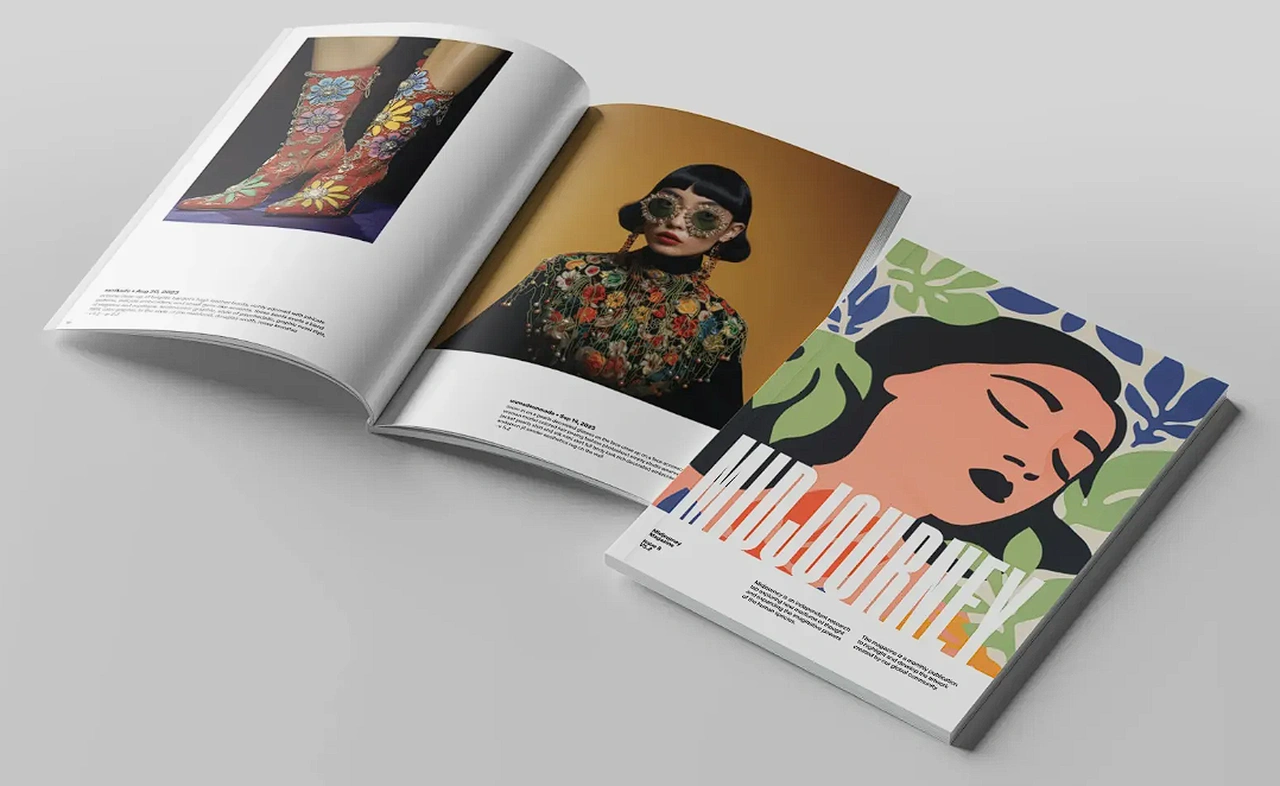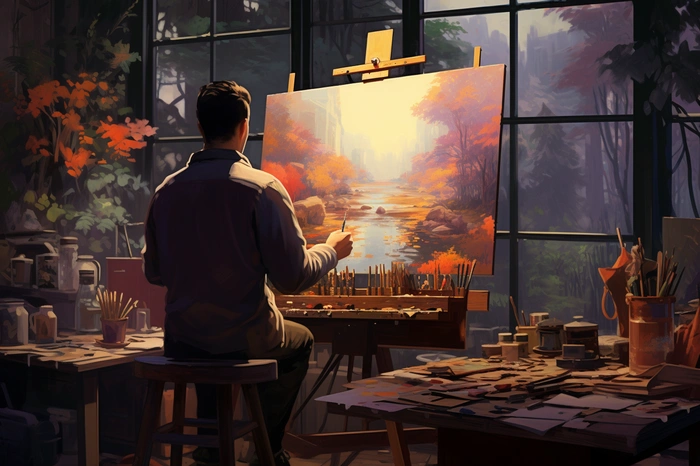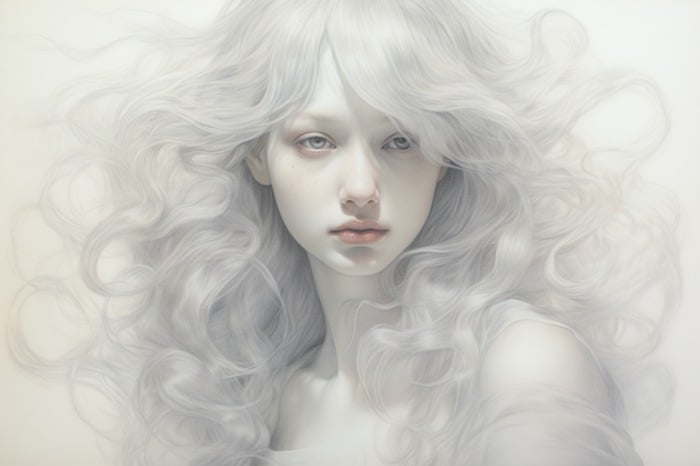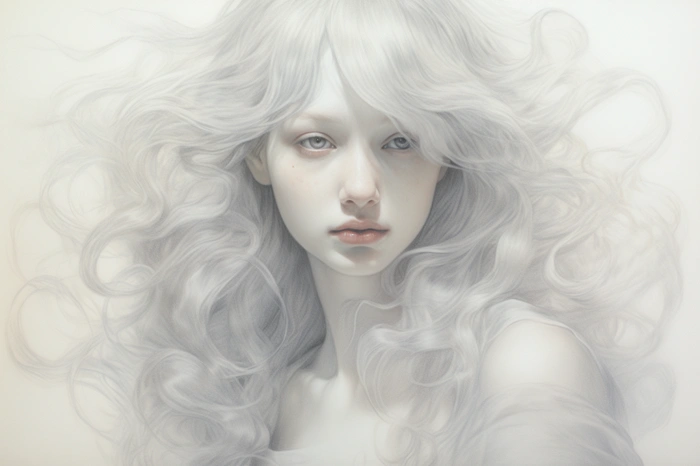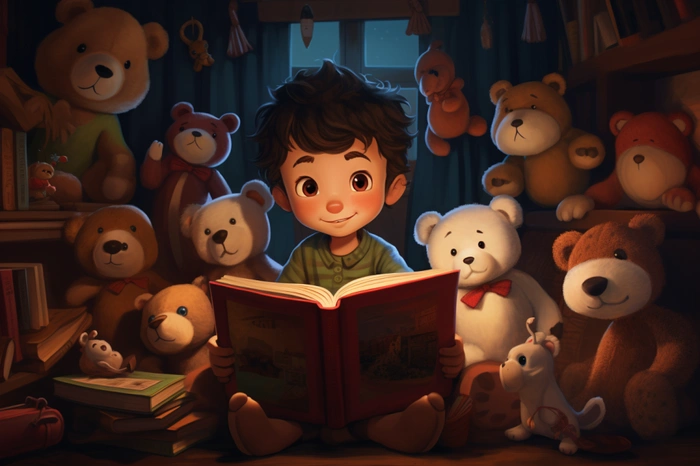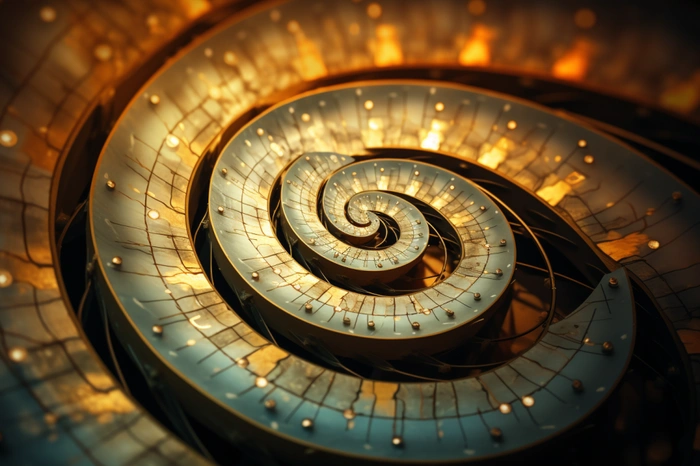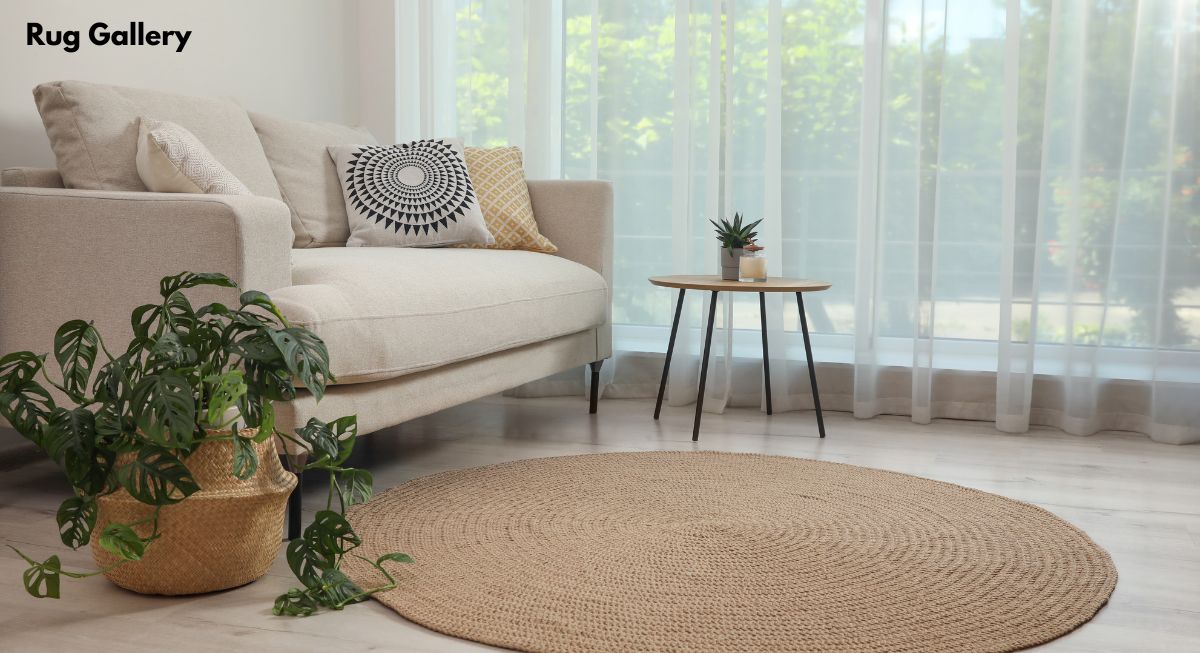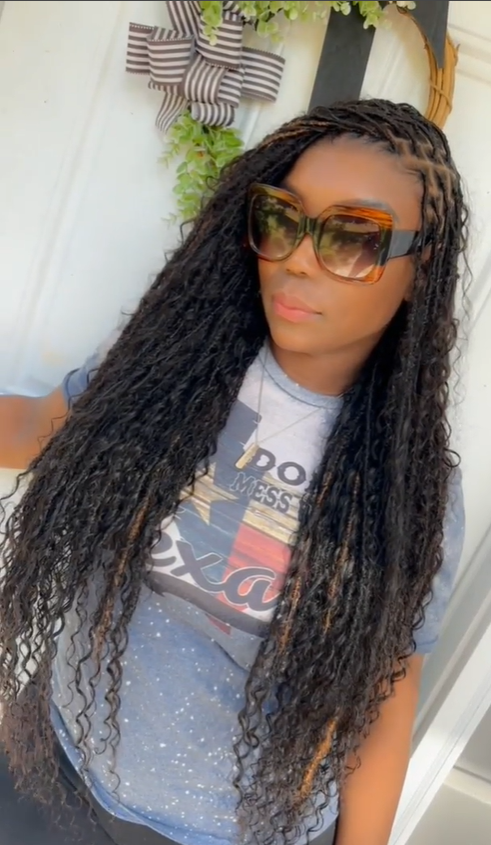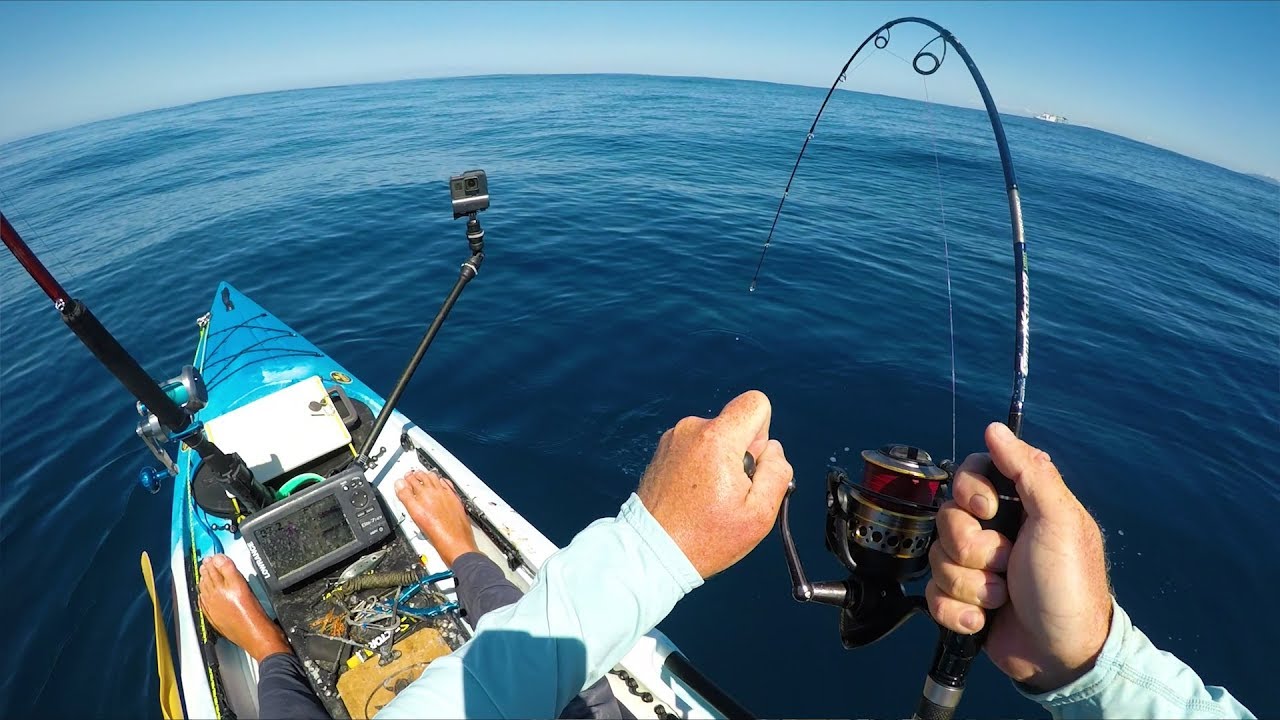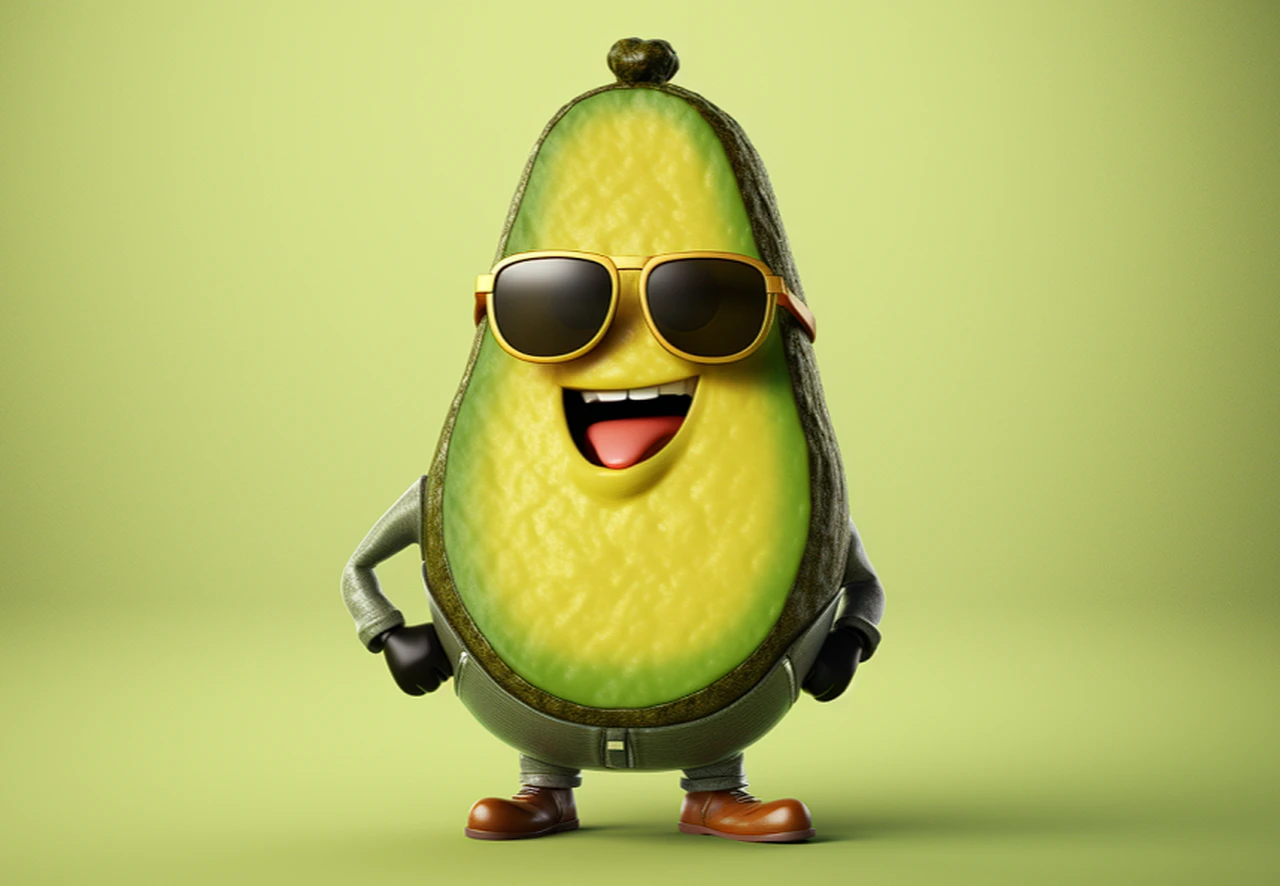
Prior to the release of OpenAI’s latest generation AI image creator DallE 3. If you had used other AI art generators such as Midjourney you would have needed to learn learn how to use it parameters to write prompts enabling you to create images that suit your brief. However OpenAI’s DallE 3 has change this and you can now enter a simple conversational prompt to start the drawing process, discussing what image you would like to create. The AI model allows you to write in plaintext what you would like it to draw and further questions or guidance will refine it for you as needed all through the use of simple conversational prompts.
Simply ask DallE 3 what you would like it to draw. You can start generating images in DallE 3 within ChatGPT by simply asking it to draw. While simple prompts like “draw me a cat” work perfectly well, DallE 3 thrives on complexity. You could be as specific as asking for a “surreal painting of a cat juggling fire under a purple moon,” and the model will understand your request and start drawing for images. The more descriptive you can be in your conversations with DallE 3 the better your results will be. As the AI model will be able to understand your requirements in more detail.
There is no need to input parameters, set up a Discord channel or input any other strange commands to start creating. Simply go to ChatGPT and select the DallE 3 option under the ChatGPT-4 button situated at the top of the browser window or application. It is worth noting that you do need to be a paying subscriber of ChatGPT Plus or Enterprise to be able to use the latest DallE 3 image generator within ChatGPT. Once you have entered a prompt DallE 3 will provide you with for very different images. You can then ask ChatGPT DallE 3 to select one of these images and alter its aspect ratio, refine what it’s picturing and more.
DallE 3 conversational prompt writing
Thanks to OpenAI’s DallE 3’s conversational prompt style understanding, which is elegantly integrated into the ChatGPT environment it is easy to access if you have already been using ChatGPT. Although there are still a few limitations and little quirks that creep into images the AI model understand not just the words you use but the context, emotions, and nuances behind them, helping you edge closer to your ultimate creative vision.
- Aspect Ratio Customization: Ideal for diverse applications like video thumbnails, digital art, or social media posts. Different aspect ratios enable you to tailor the artwork to the medium in which it will be displayed.
- Dynamic Zoom: Unlike static images, the zoom feature allows for an evolving piece of art. Each zoom action generates slight alterations, making each viewpoint a unique piece of art. This could be a game-changer for dynamic visual storytelling.
DallE 3 beginners guide
Other articles we have written that you may find of interest on the subject of DallE 3 :
Other features you can use to expand your AI art creativity
- Feature Remixing: Let’s say you’re satisfied with the shape and subject but want a different color scheme or mood lighting. DallE 3’s feature remixing allows you to tweak specific elements without affecting the overall composition, saving you time on iterations.
- Visual Version Control: Accidentally ventured down an artistic alley that didn’t pan out? No worries. DallE 3 allows you to backtrack by simply referencing previous versions conversationally. It’s like having an undo button but for art creation.
- Pattern Tiling: Whether you’re designing a website background, custom wrapping paper, or even textile designs, DallE 3’s tiling option can be a tremendous asset. By asking the AI to repeat patterns, you can create intricate designs effortlessly.
- Online Image Integration: If you’ve found an image online that you’d like to incorporate into your piece, DallE 3 can do that. It helps you amalgamate various elements, making your art truly interdisciplinary.
- Conversational Interface: Imagine having a dialogue with your paintbrush and canvas, where each listens, adapts, and responds. The real beauty of DallE 3 lies in its ability to interact with you, refining your ideas through a conversational flow, creating an evolving piece that’s more a collaboration than a one-off request.
Areas DallE 3 needs to improve :
- The resolution cap means it might not be ideal for large format printing.
- Even though the AI is incredibly advanced, it’s not infallible. Expect a few oddities or imperfections in generated images.
- With a rate limit on prompts, you might find yourself curbed if you’re in the middle of a creative spree.
- The inability to store images in DallE 3 collections can be restrictive for those looking to build a portfolio.
DallE 3’s conversational prompt writing brings a level of accessibility and refinement to AI art creation that we haven’t seen before. It’s sophisticated yet user-friendly, marrying high-level technology with the kind of interactive, intuitive interface that makes AI art creation more of a conversation than a coding exercise.
Filed Under: Guides, Top News
Latest timeswonderful Deals
Disclosure: Some of our articles include affiliate links. If you buy something through one of these links, timeswonderful may earn an affiliate commission. Learn about our Disclosure Policy.

